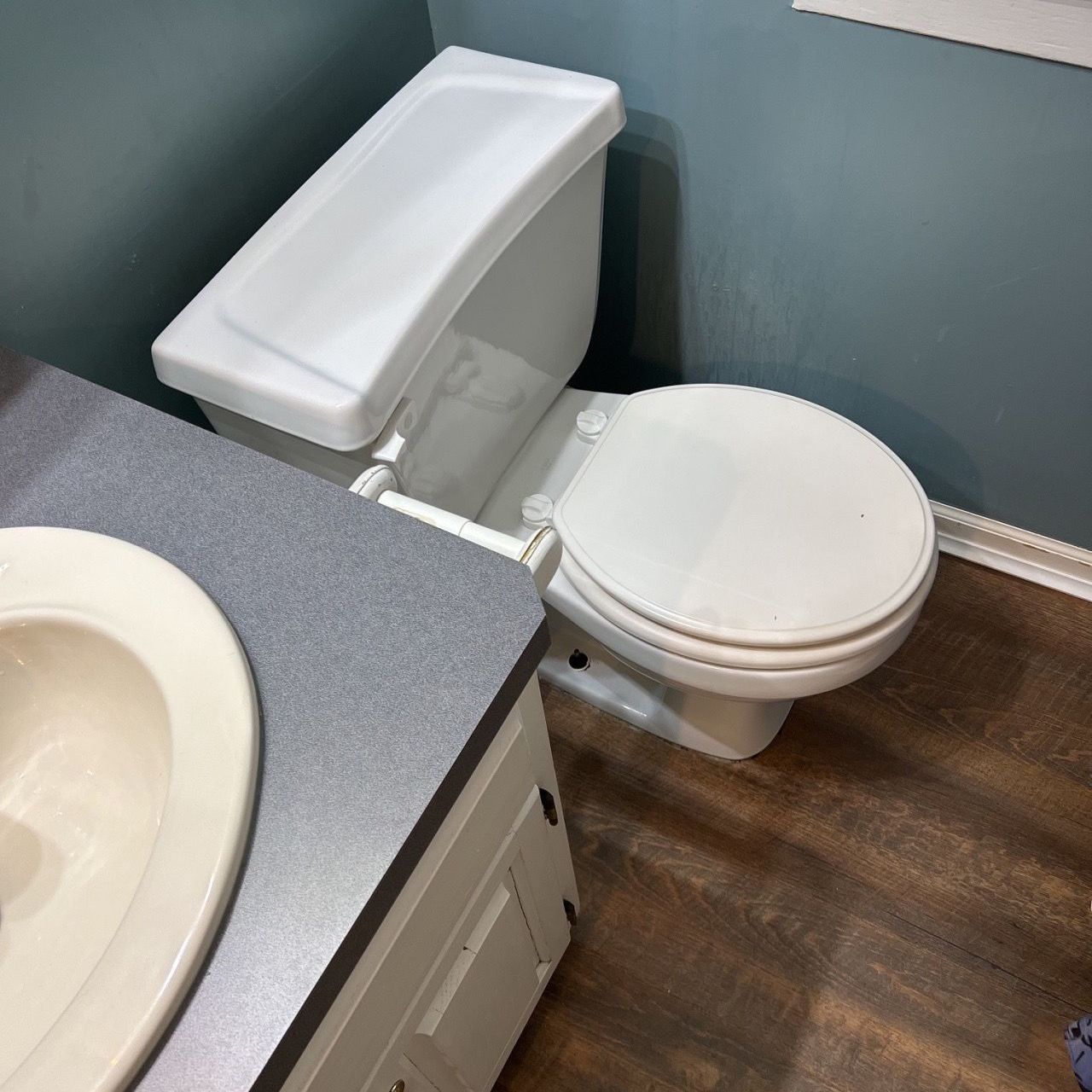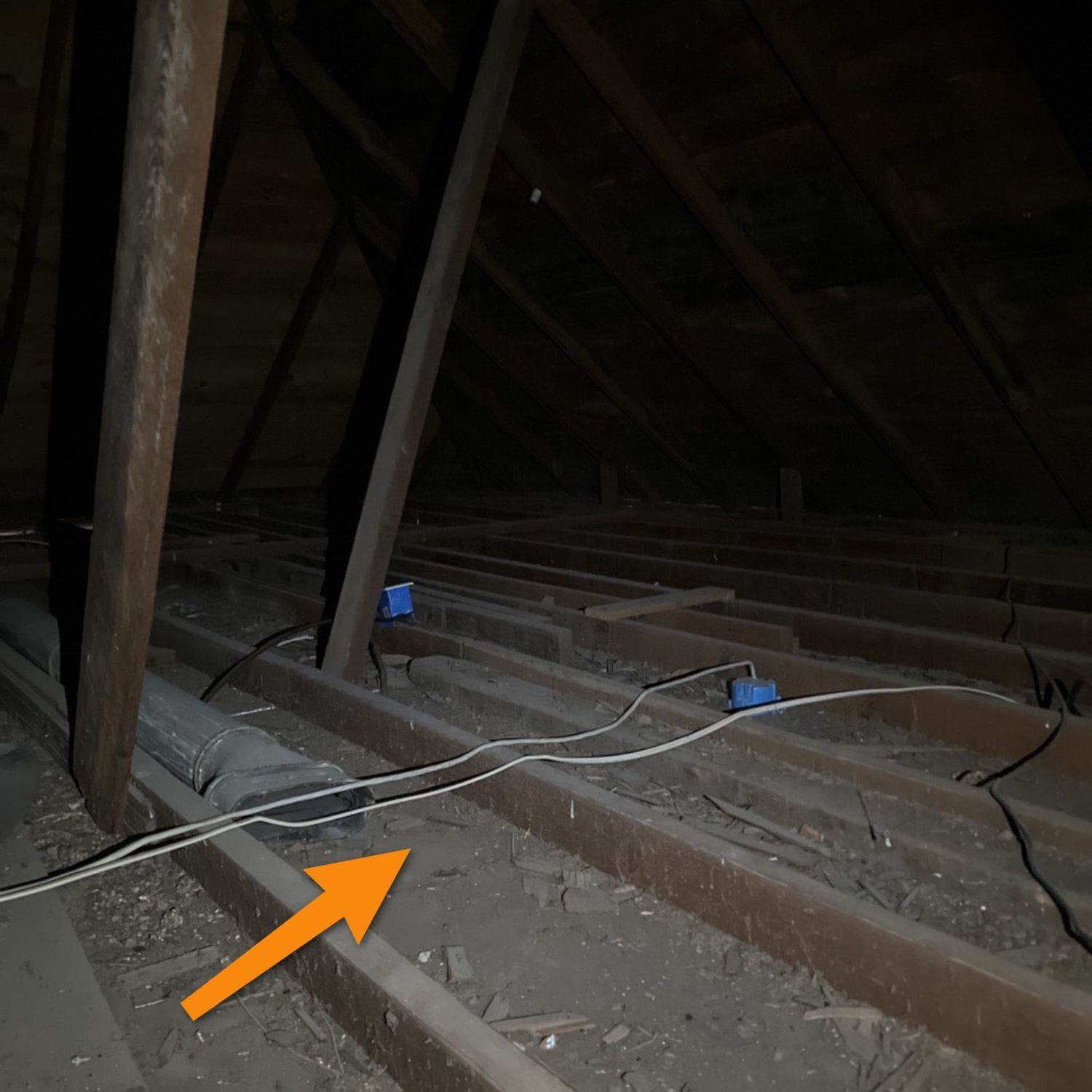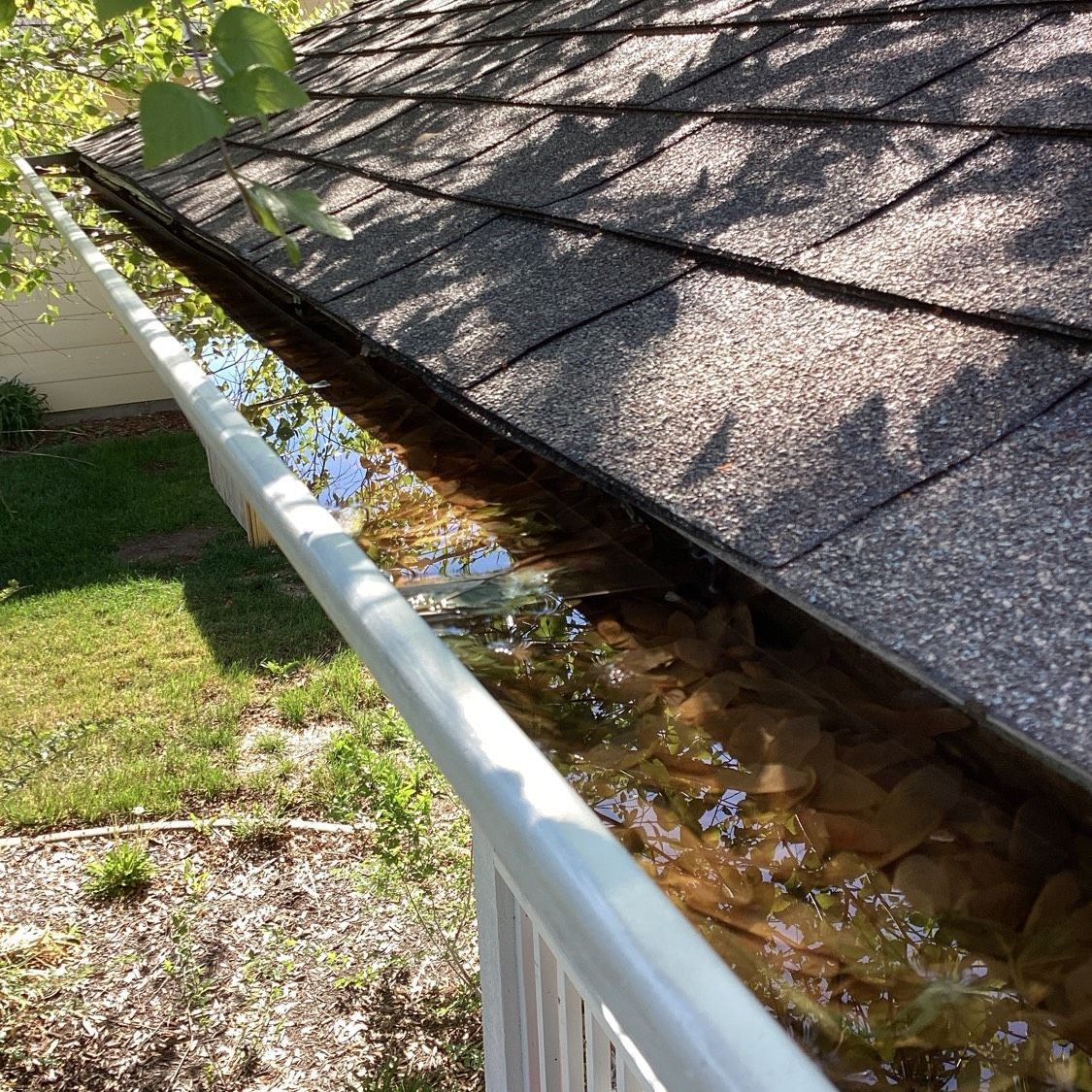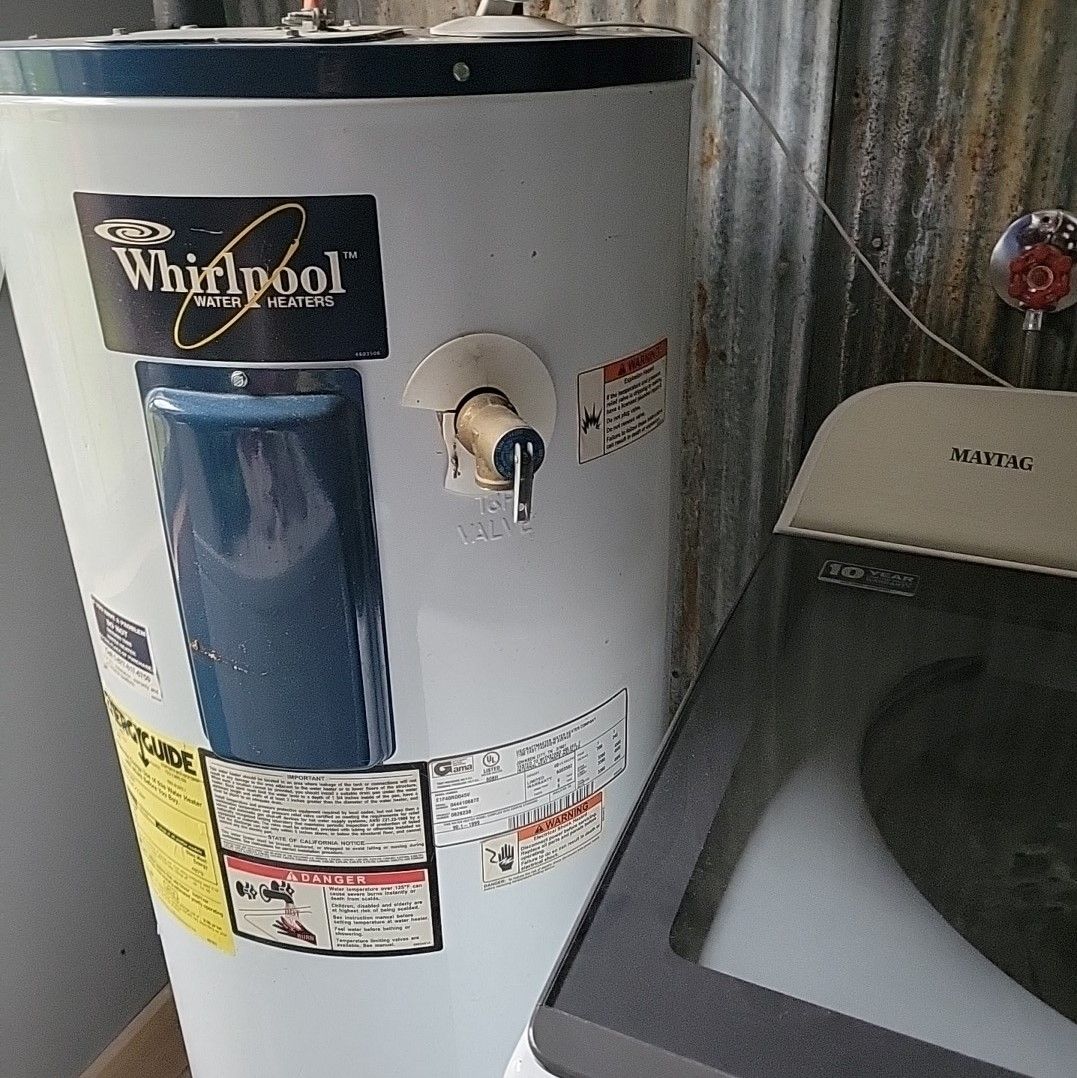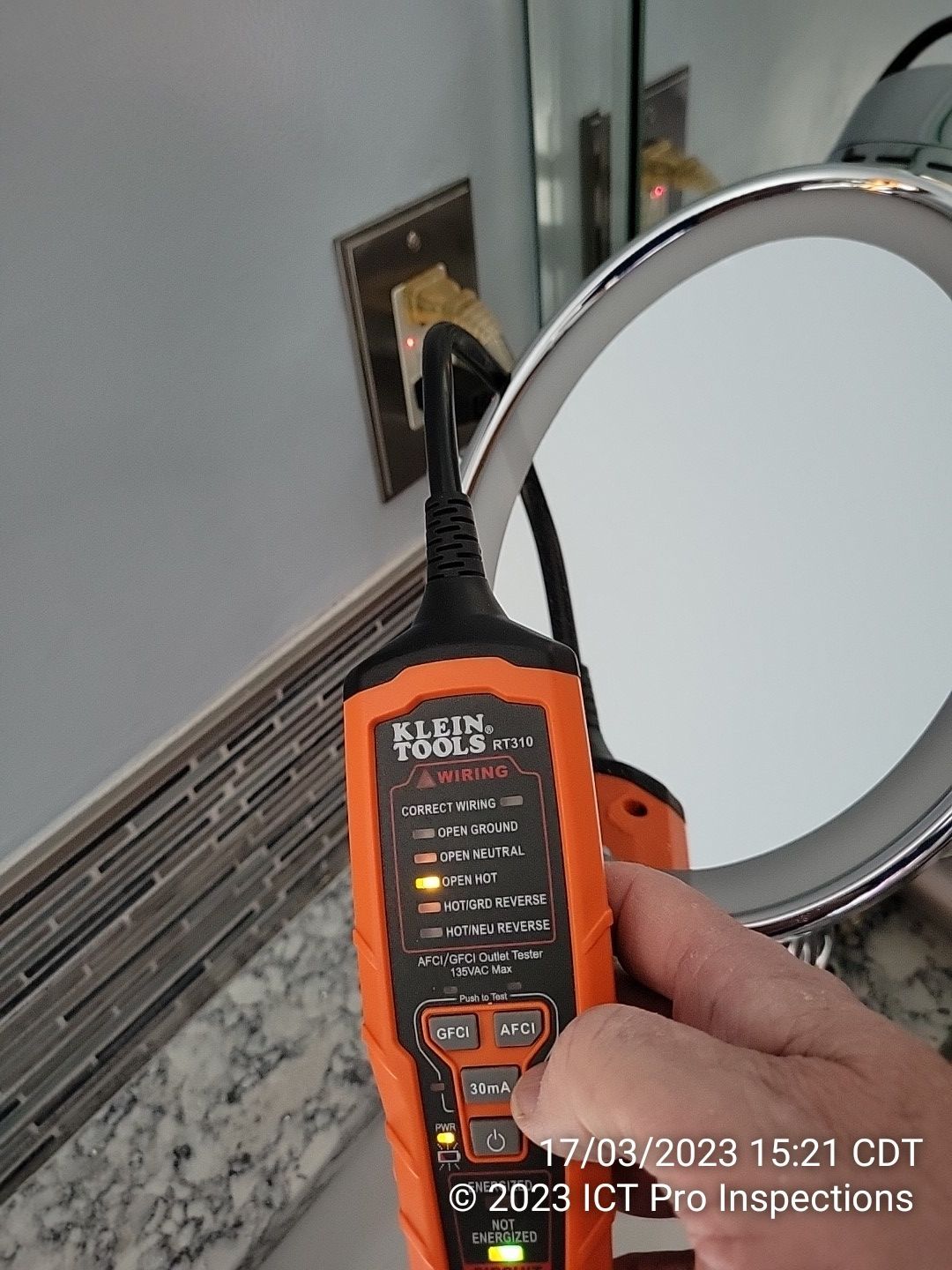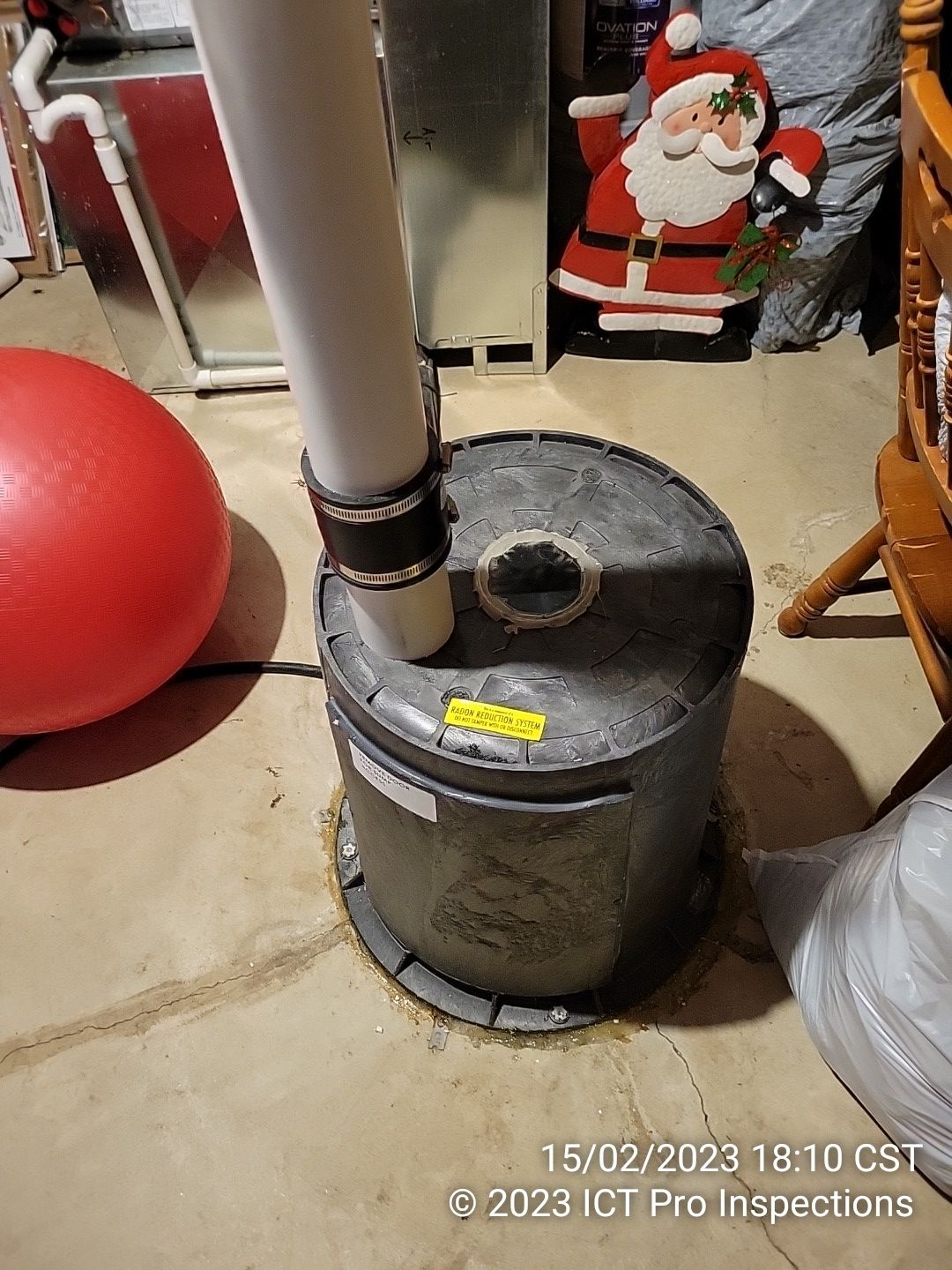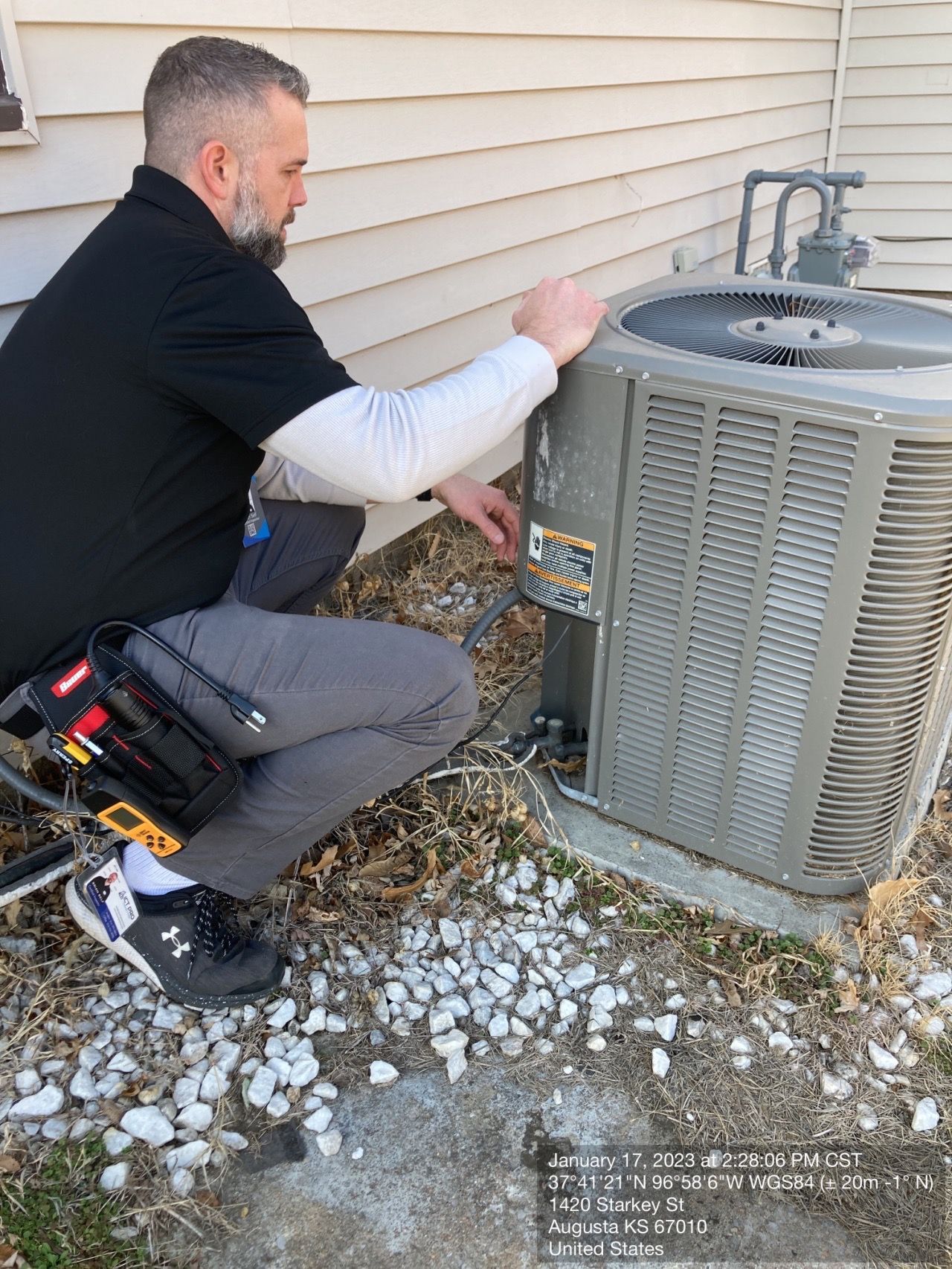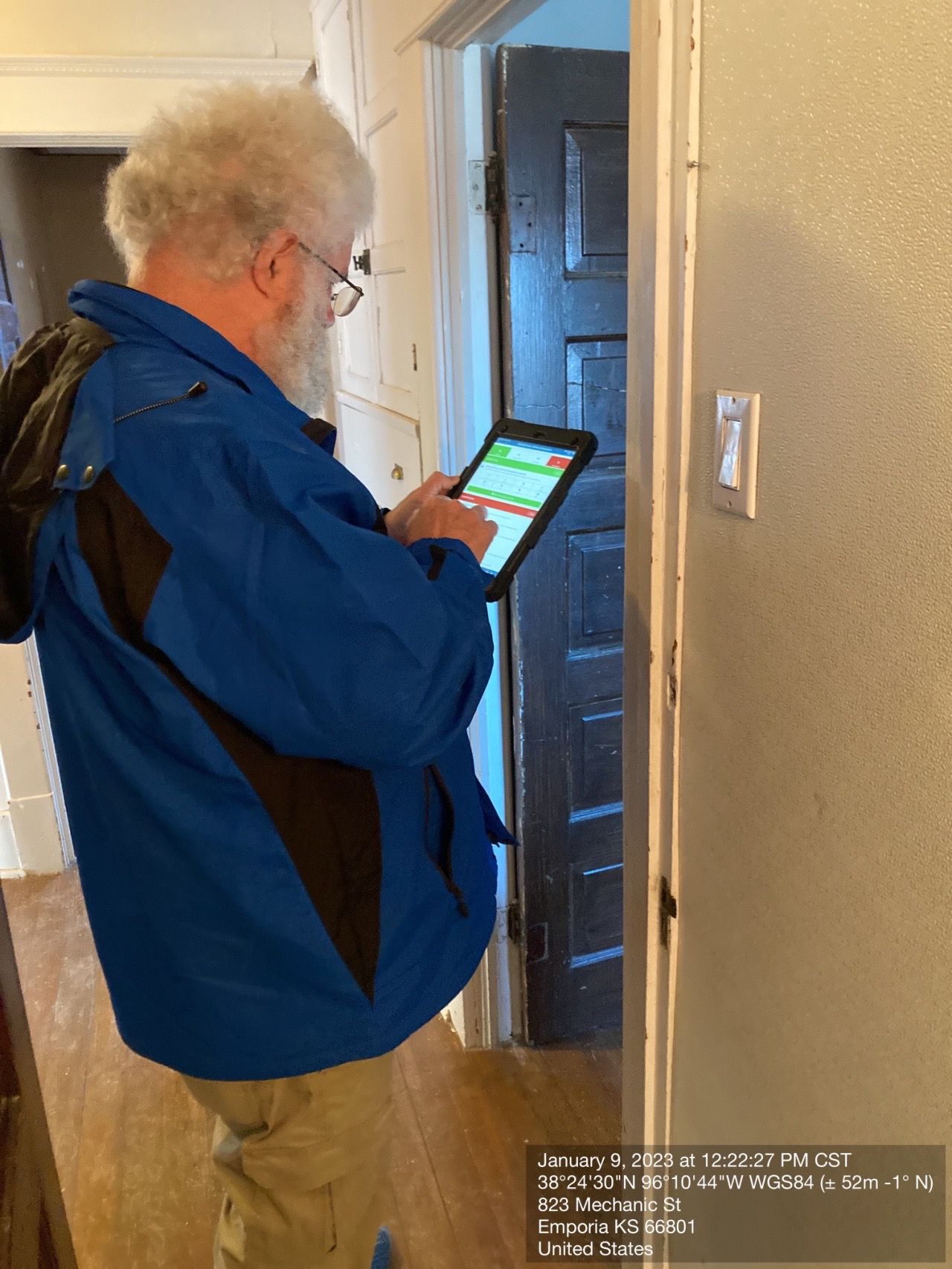Why Does Your Gas Water Heater Need a Sediment Trap?
This is a subtitle for your new post
A sediment trap is a device that is installed in the gas line leading to your gas water heater. It is designed to trap sediment and debris before it can enter the water heater and cause damage.
Sediment can build up in gas lines over time for a variety of reasons, including:
- Corrosion of the pipes
- Dirt and debris that gets into the line during installation or repairs
- Mineral deposits from the water supply
If sediment is allowed to enter your gas water heater, it can clog the burner assembly, reduce the efficiency of the water heater, and even cause premature failure.
A sediment trap helps to prevent this by trapping the sediment in a reservoir at the bottom of the trap. This reservoir can then be drained periodically to remove the sediment.
Sediment traps are required by most building codes for all gas water heaters. They are a relatively inexpensive and low-maintenance way to protect your water heater and extend its lifespan.
Here are some of the benefits of having a sediment trap on your gas water heater:
- Protects the burner assembly from clogging: Sediment can clog the burner assembly and prevent the water heater from working properly. This can lead to reduced efficiency, increased energy costs, and even premature failure.
- Extends the lifespan of the water heater: By preventing sediment from clogging the burner assembly and other components, a sediment trap can help to extend the lifespan of your gas water heater.
- Improves efficiency: Sediment can also reduce the efficiency of your gas water heater by making it more difficult for the burner to heat the water. A sediment trap can help to improve efficiency and save you money on your energy bills.
- Reduces the risk of safety hazards: Sediment can also pose a safety hazard if it is allowed to build up in the gas line. A sediment trap can help to reduce the risk of gas leaks and other safety hazards.
If you do not have a sediment trap on your gas water heater, it is a good idea to have one installed by a qualified plumber. It is also a good idea to drain the sediment trap periodically to remove any sediment that has accumulated.
